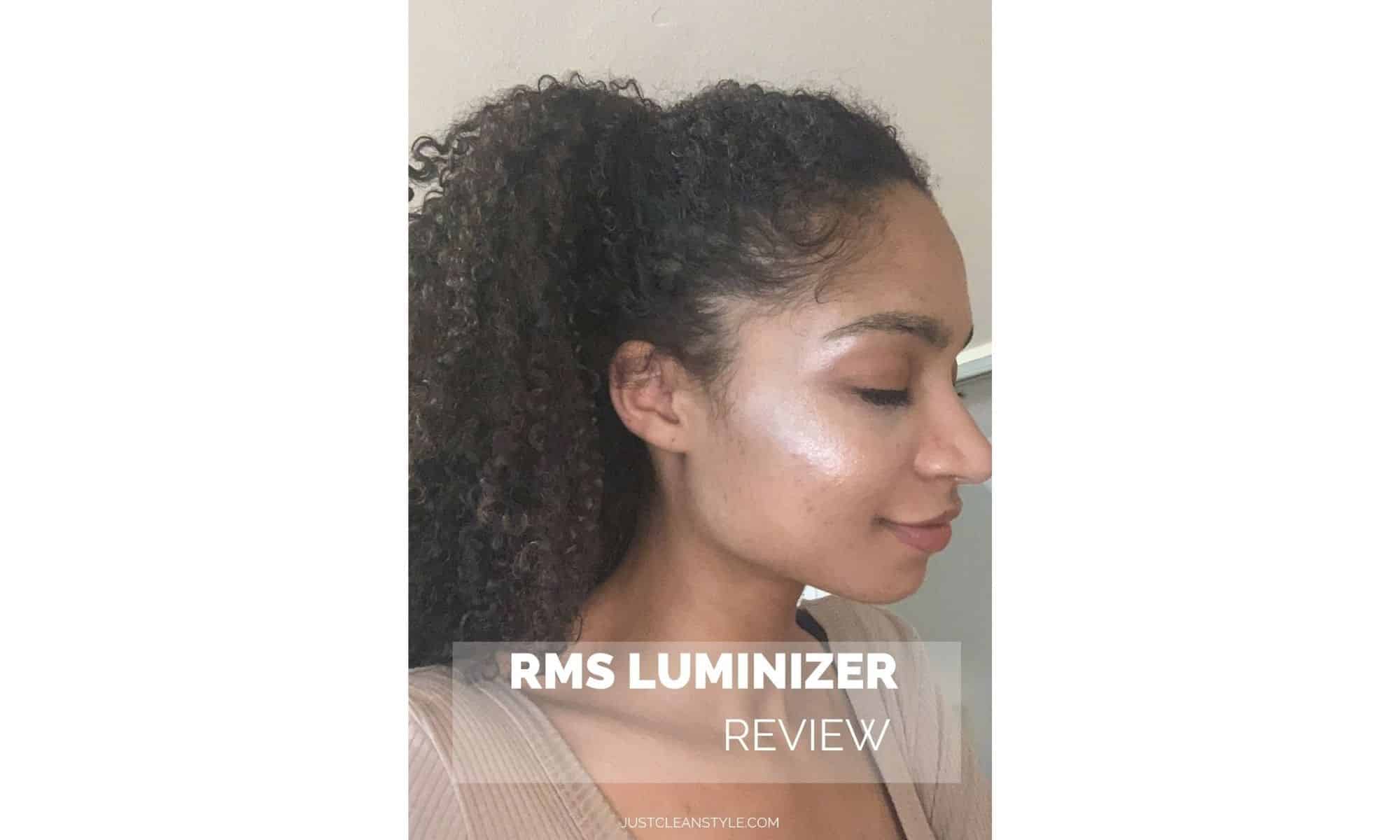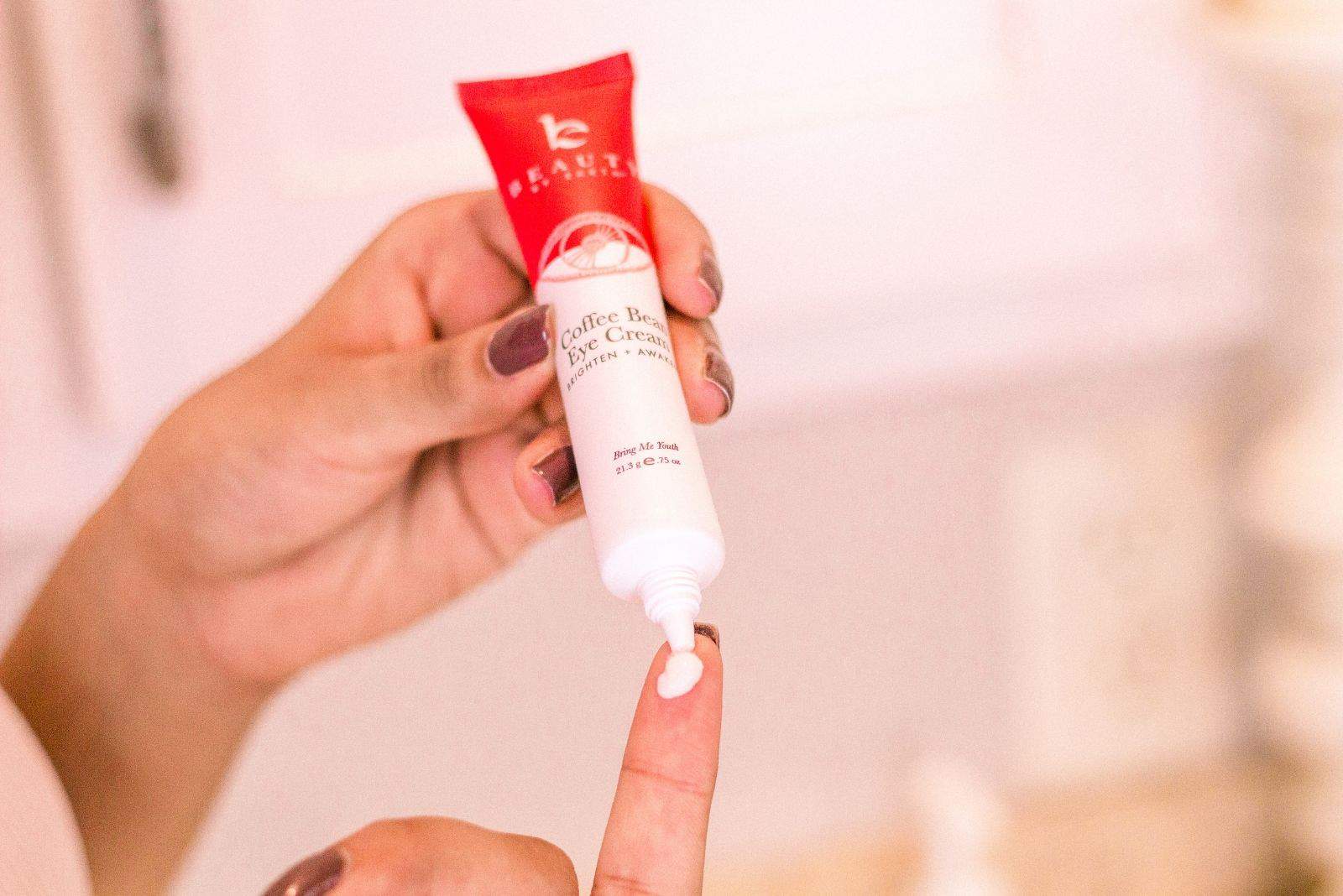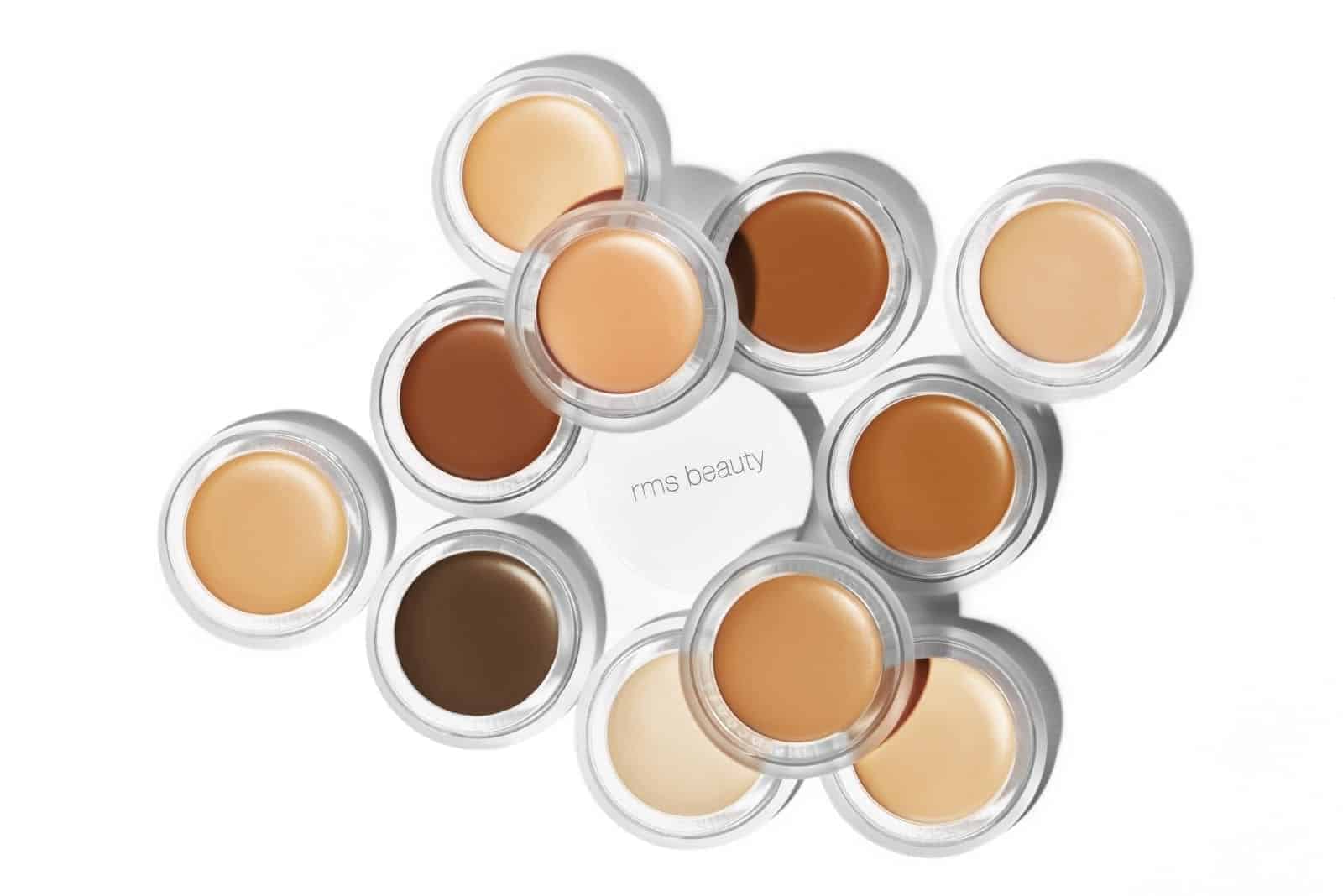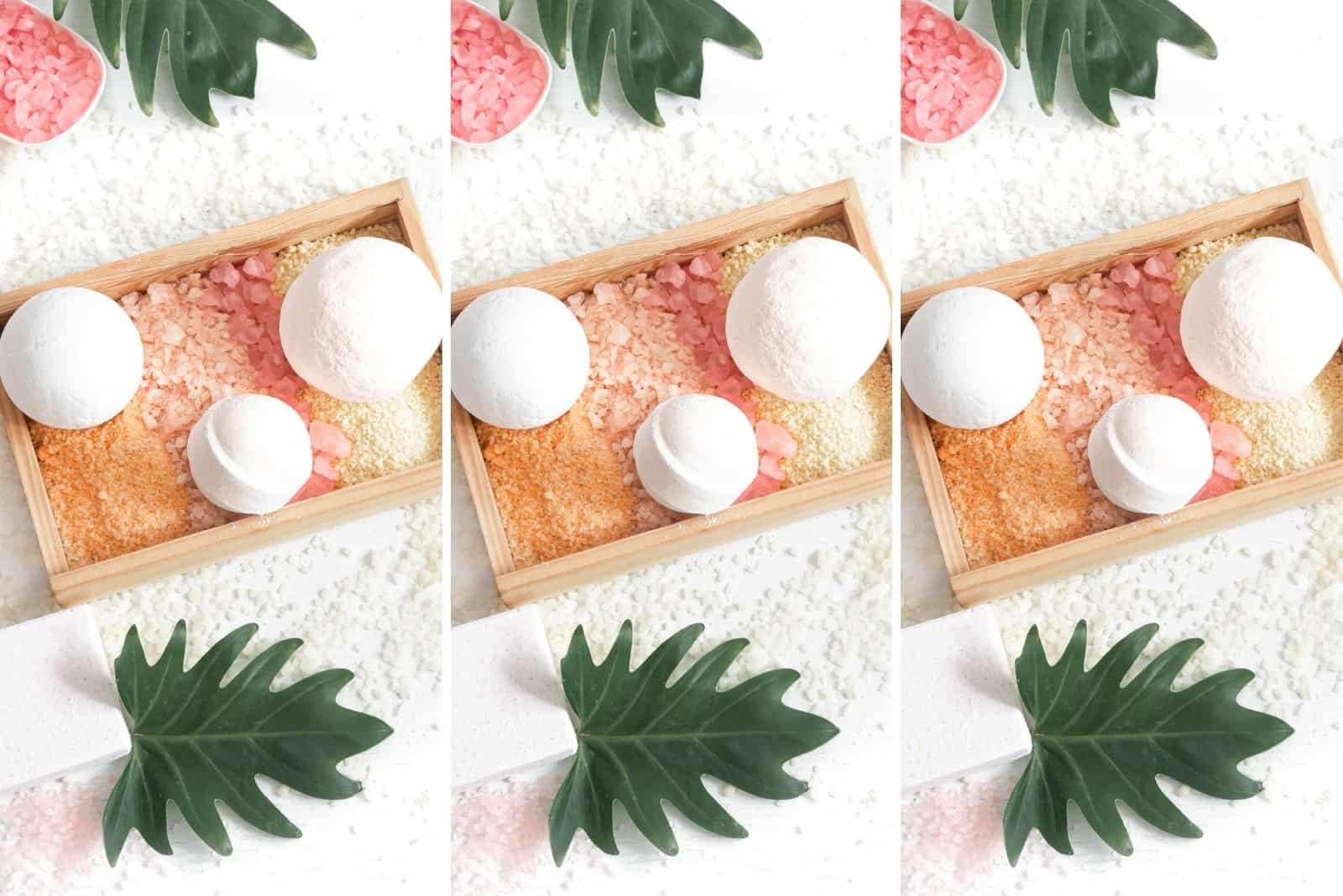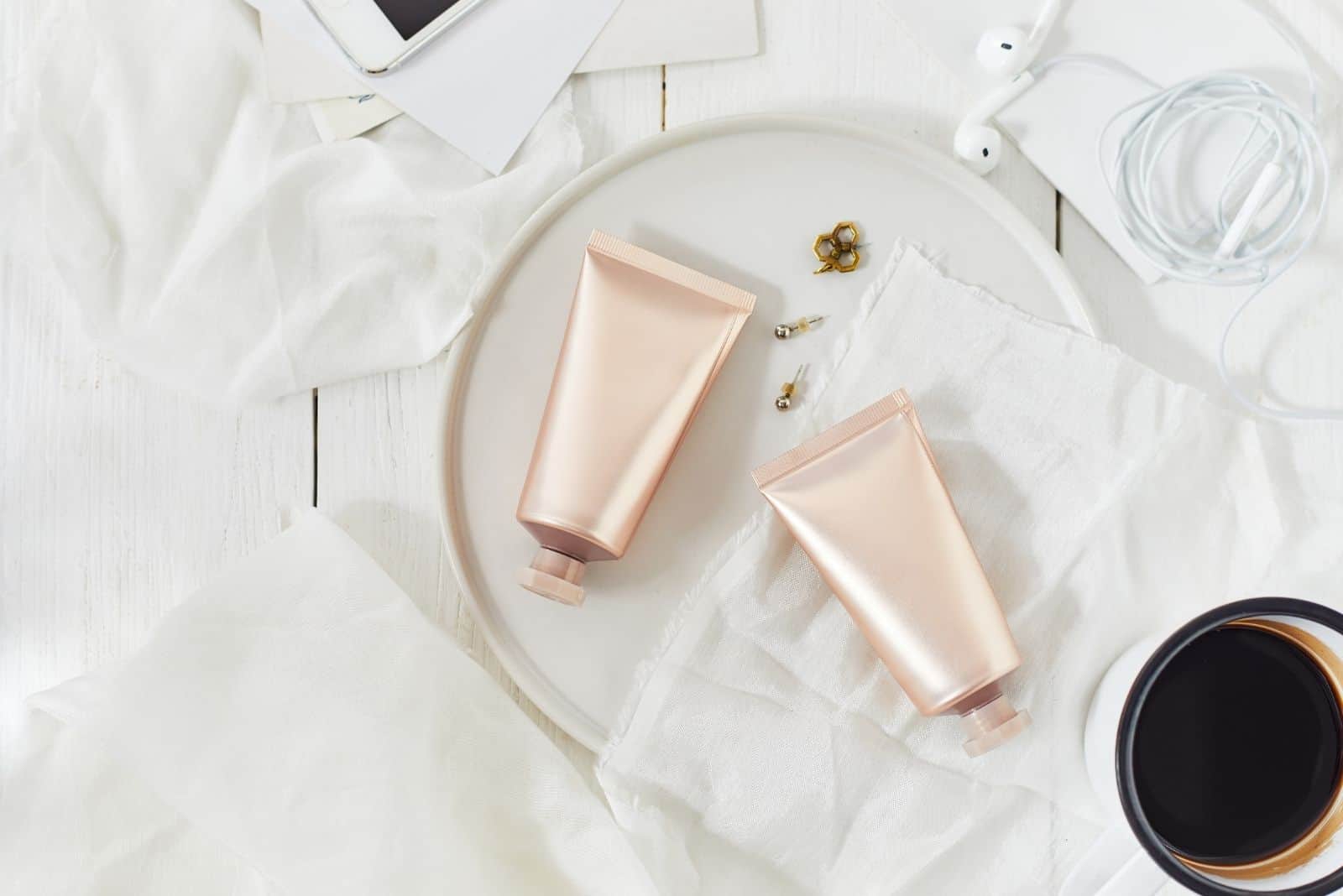Influencer Marketing: Purchase Intention and its Antecedents by Yi Li and Yangying Peng examines the methods used by influencers to affect customer purchase decisions. The effects of influencers on consumer purchasing decisions varies. However, there are several factors that influence trust building and interest.

The Communication-Persuasion Matrix, a marketing framework for influencing buyer decisions, can be used to affect the decisions of potential clients.
Awareness of this model is important for brands and shoppers who want to be aware of the methods used to affect purchase behavior.
The study by Yi Li and Yangying Peng explores how a prospective customer’s “image satisfaction” and “advertising trust” affect the likeliness that a prospective customer will purchase a product.
Image satisfaction refers to whether or not the marketing was aesthetically pleasing to a prospective client. Advertising trust refers to a brand’s perceived credibility.
The study identified two different factors that were central to convincing customers to purchase: image satisfaction and purchase intention.
However, Li and Peng explain that attractiveness and reliability are not as influential without the demonstration of expertise, especially in online spaces where it can take time for motives to become clear to an audience.
According to the study, influencer characteristics, marketing techniques, and the customer’s perception of personal branding all affect the ability of an influencer to convince a prospect to make a purchase.
What Does This Mean For Shoppers?
How customers see themselves can determine whether or not someone will purchase a product. Potential customers might ask themselves if the brand is something that suits their personality or what having a certain product says about them as a person.
The you-orientation, the way a brand adjusts messages to address what customers are looking for, can also influence the connection a prospective buyer makes with a product or brand.
Brands are able to use the Communication-Persuasion Matrix by learning about how potential customers see themselves and tailoring the branding in a way that corresponds with a potential client’s self perception.
Customers who are able to identify this marketing model, may be able to use this to make informed buying decisions and purchase products intentionally.
Further Questions
Overall, I wanted to know more about how the scientists measured personal branding perceptions. I think this subjective variable would be difficult to measure. Although the study was able to test marketing theories, I did wonder how control groups for trust and “attitudinal factors” were established. Want to learn more about the study? You can read more about it here.





